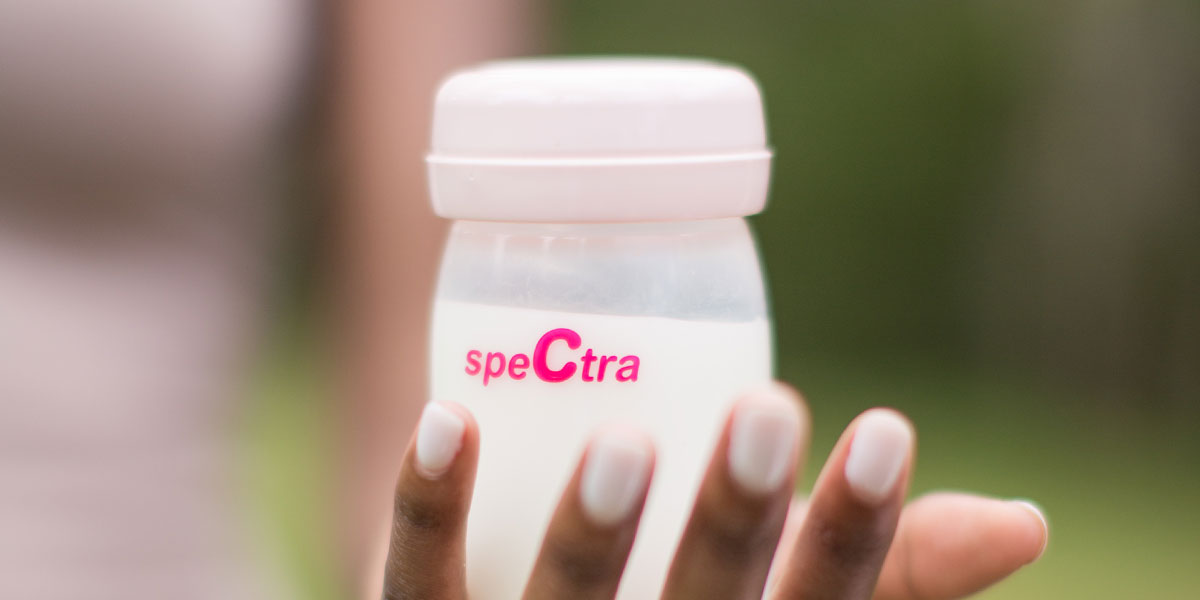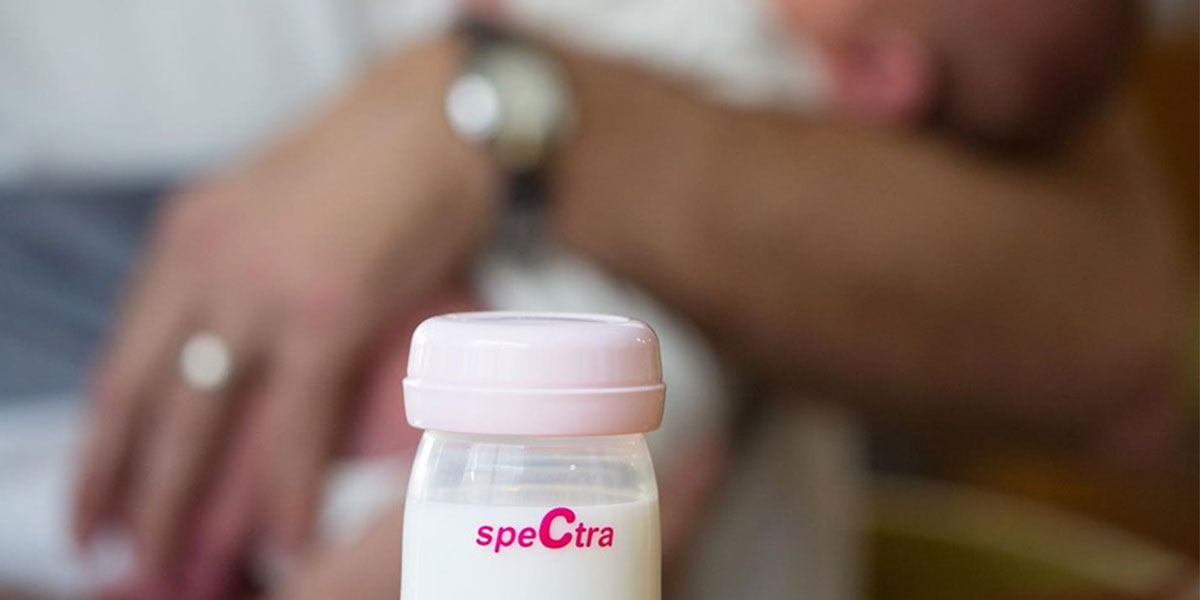There Is No Such Thing as The Perfect Mom
By Jacque Ordner BSN, RN, IBCLC, RLC
Instagram, Facebook, Mom Groups, even TV commercials and our own circles of friends all seem to be telling us there is something we could be doing better…..especially when it comes to motherhood! Be sure you avoid that epidural. Only use 100% organic cotton garments on your little bundle. GMO, BPA, DHA, Vit D, RDA, BMI, OPD, PPD, PPA…..aaahhhh!!!!. You sleep train? Gasp! You don’t? From swaddling to co-sleeping and purees to Baby Led Weaning, parenting is full of choices. It’s no wonder that today’s mothers feel incredible pressure to always get it right. In the Information Age data, trends, and opinions are all at our fingertips, but so are the blindingly judgmental comments of millions of social media participants. Somehow, with the availability of so much information, has also come the unattainable expectation of perfectionism. And, to make matters worse, no one can agree on which type of mother is actually perfect……because SHE DOESN’T EXIST!
The truth is even if you do all of the “right” things, there will still be something, or likely lots of things, you’re going to wish you had done differently. There’s just no way around this, and that’s because life is messy. We’re not supposed to have all of the answers. We’re not supposed to be able to see, with perfect clarity, how to pick the perfect daycare provider, or when to let them have their first sleepover. Some of that knowledge can only be gained by living those experiences. As a veteran mom of four, soon to be five, I can assure you there are so many things I thought were of the utmost importance when my older kids were babies, and now I realize they really didn’t matter much at all. The brand of diapers, the jungle theme or sailboats, whether we introduced the orange vegetables before the green ones, do we do SPF 50 or SPF 65? As my kids have aged, I have come to realize that the #1 thing that matters is if I’m really there for them. Am I there when they fall down and get hurt? Am I there when they’re scared? Am I there when they don’t fit in with the popular kids? Am I there when they get their first crush? Am I there when they have to own up to telling a lie? Am I there when a friend betrays them? This is what matters! These are the moments when great moms are made.
So, when you’re in the trenches of the newborn phase, or you’re bogged down by the demands of toddlerhood, try not to overcomplicate it too much. Be their person. Make sure they know you are the one they can count on even when they feel like there is nowhere else to turn. If you can do that, then I promise the other stuff won’t matter nearly as much, and maybe not at all. It’s ok if you’re not the perfect mom because none of the rest of us are either.








